Interview with Bobby BeauSoleil | Lucifer Rising
Bobby BeauSoleil is an American musician and multi-disciplined artist who has produced a wide-ranging body of original recorded music, sound design and visual art.
Bobby BeauSoleil was interviewed back in 2014. Today we are publishing an in-depth continuation that will touch his recently issued vinyl edition of the original soundtrack for Lucifer Rising.
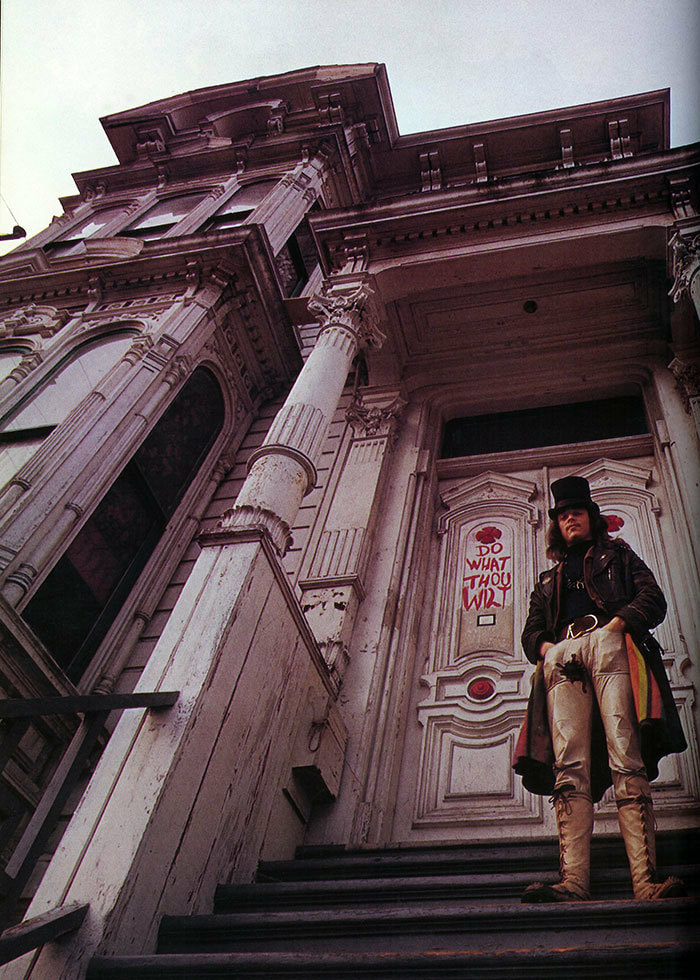
Rustblade Records issued a vinyl edition of the original soundtrack for Lucifer Rising. Were you familiar with Kenneth Anger’s work? How did you first get in touch with him?
We first met in San Francisco in 1967 during a counterculture event called The Invisible Circus that took place at Glide Memorial Church. It was one of these outlandish events that contributed to defining that period in San Francisco’s colorful history. There were some wild goings on.
My band The Orkustra opened the event, and Kenneth had caught my performance that night, which made an impression on him. Afterward he approached me to talk about the possibility of my being willing to participate in the making of a new film project he was working on, Lucifer Rising. Prior to this meeting I had only heard his name spoken on the street a few times. This little bit of scuttlebutt was in relation to his most recent earlier underground film, Scorpio Rising, a film that had garnered some critical acclaim from the press as groundbreaking cinema.
I hadn’t seen any of Kenneth’s films up to that point but shortly after meeting him I was treated to a private showing of his entire Magick Lantern Cycle. Having been hardwired at birth with a hetero-centric orientation, the homoerotic imagery and symbolism didn’t resonate with me much; nevertheless I was duly impressed by both his bravery in the way he was overtly expressing himself as a gay man during an era of pervasive homophobia, and by his creative innovation as a cinematic artist.
The Limited Deluxe Box looks amazing and the recordings are completely remastered.
I am immensely proud of this new release of the Lucifer Rising soundtrack. The Rustblade label’s presentation — not only of the collector box version but the triple gatefold single-disk edition as well — is nothing short of gorgeous, and includes more pictorial and written history of the film project than any previous issue of the soundtrack. The cover art by the Malleus art collective, depicting Marianne Faithful, who appears in the film, also makes this the first of my albums to feature a female on the cover. About time!
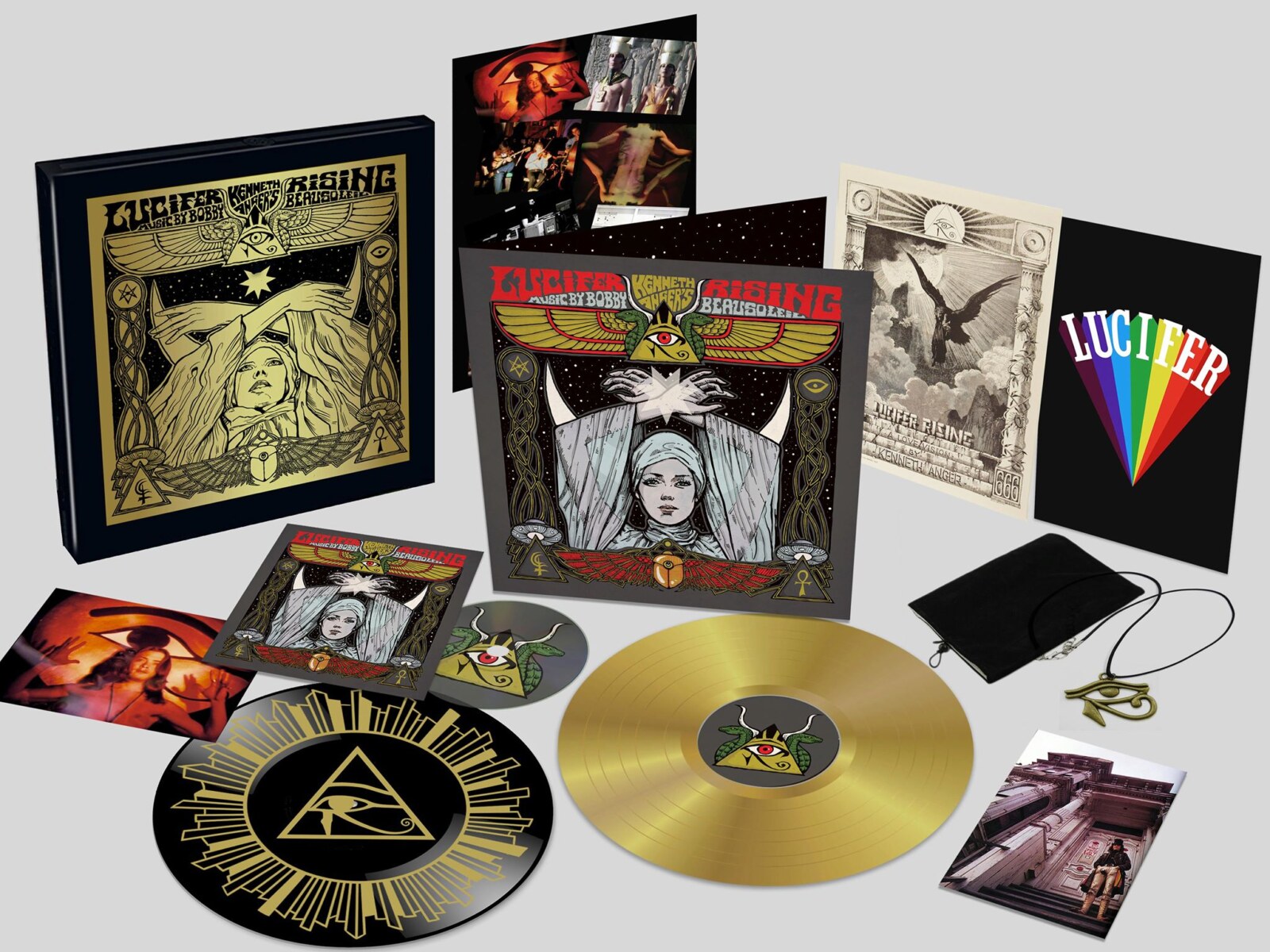
I provided Rustblade with a high definition transfer made from the original open reel mix-master of the soundtrack made in 1979, and this digitized mix-master was taken to the recording house used by the band Goblin to make a fresh remastering of the recording. Earlier re-issues had used a digital master made in the early 1990s that broke the soundtrack into six parts, or movements, to better accommodate the track structure of the then new compact disk format that most people were interested in hearing music on at the time. The new remastering restores the integration of the score as a single piece of continuous music, as it was made for the film and the initial LP release in 1980. Of course, with the improvements made in audio technology in recent decades the current remastered version presents the soundtrack with greater audio fidelity than ever before.
Was Kenneth Anger familiar with The Orkustra? Why didn’t other band members participate? You were forced to form a new band, The Magick Powerhouse of OZ. Who were members of this collective?
The Orkustra was a psychedelic instrumental band that blended and bent five or six genres of music. At the time when I met Kenneth he was into top-40 pop tunes about teenage boyfriends and girlfriends, and some classical music on the side. It’s a wonder he agreed to my proposal that I compose and perform the music for Lucifer Rising!
“The Orkustra was a psychedelic instrumental band that blended and bent five or six genres of music.”
Unfortunately, the integrity of The Orkustra as a band had begun to fray even before we encountered Kenneth Anger. The bass player for the band, Jaime Leopold, had been busted for selling illegal psychoactive plants and LSD. He was out on bond but the pending court case had put a heavy weight on his spirits, which affected the whole band. Terry Wilson, our amazing drummer, had entered a relationship with a new girlfriend, a hot young hippy chick, and had become so enraptured with her that he could no longer seem to focus on playing music. And the violinist, David LaFlamme, was itching to form a band of his own with his wife Linda. It became evident fairly quickly that I would have to forma new band for the Lucifer Rising film soundtrack project.
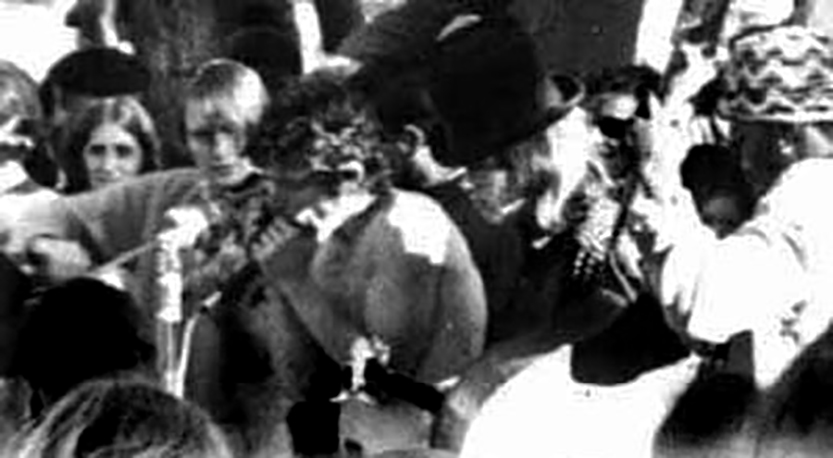
This is why the loose-knit confederation of street musicians I called The Magick Powerhouse of OZ came to be assembled.We were a band for only three or four months, coming together a few times a week to explore and experiment with our instruments. I don’t think we ever got beyond being on a first-name-only basis. We were just a bunch of misfits who got together once every so often to make noise.
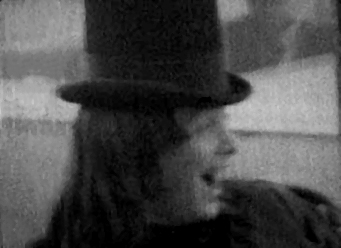
This was basically a completely free-improvisation collective?
Yes, for the most part, even more so than my previous music ensemble. The Orkustra was an improvisational band, too, but we had used specific melodies and arrangements to form loose frameworks for our improvisations. A lot of the jazz music you’ll hear is organized in this manner. I wanted the music made by The Magick Powerhouse to be a total rebellion against formal musical structure.
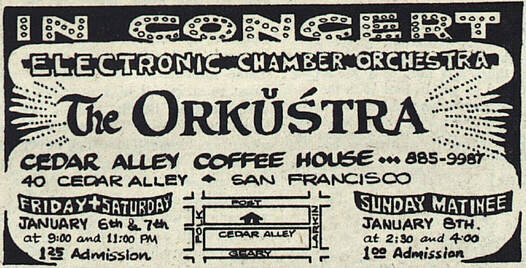
When I first arrived in San Francisco in late ‘65 I found a little club on Haight Street called The Levels. It was dark inside, with maybe a dozen small tables, each with an ashtray and a votive candle burning in the center of the tabletop, and there was a small bandstand with a set of drums and a piano. The club functioned on an open mic basis 24 hours a day. Sometimes I would sit in a dark corner of the place for hours while horn players honked and shrieked like a gaggle of geese during mating season, waiting for those delicious moments when the notes came together in pure ecstatic harmony. Some of the members of The Powerhouse were recruited there; others from street corners or the reverberant tunnel in Golden Gate park where horn players liked to practice.
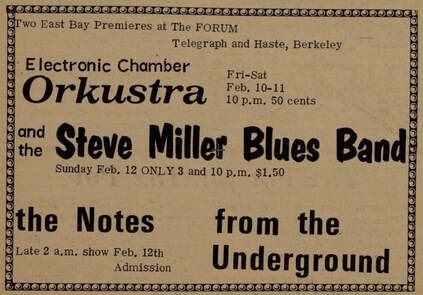
Occasionally I would toss a known melody into the mix when we jammed, and the other players would spontaneously try to wrap their notes around it. Mostly, though, our music was a naturally evolving attempt to draw beauty out of pure chaos. My plan for the soundtrack was to record hours of this stuff and then cut and splice the best moments on the tapes to make something that approached cohesion to serve as a sound bed for Kenneth’s imagery.
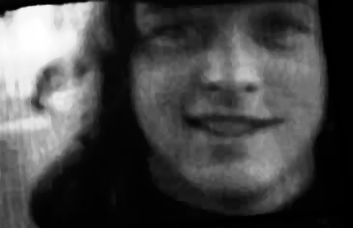
You once mentioned that The Magick Powerhouse of Oz were the strangest band to emerge from San Francisco. Your closest cousin was probably the Sun Ra Arkestra. Were you familiar with their work?
I eventually became aware of the Sun Ra Arkestra and took advantage of some opportunities to hear them perform. This was later on, though. Sun Ra rarely performed in San Francisco during the time while I was active with The Orkustra, and later working on the film soundtrack with the Powerhouse. Most of the time, as far as I know. Sun Ra was gigging on the other side of the Bay bridge, at jazz, cultural, and activist events in the general vicinity of Oakland and Berkeley. It wasn’t until the latter part of ‘67 that the Space Arkestra was showing up on posters for counterculture events at the main venues in San Francisco.
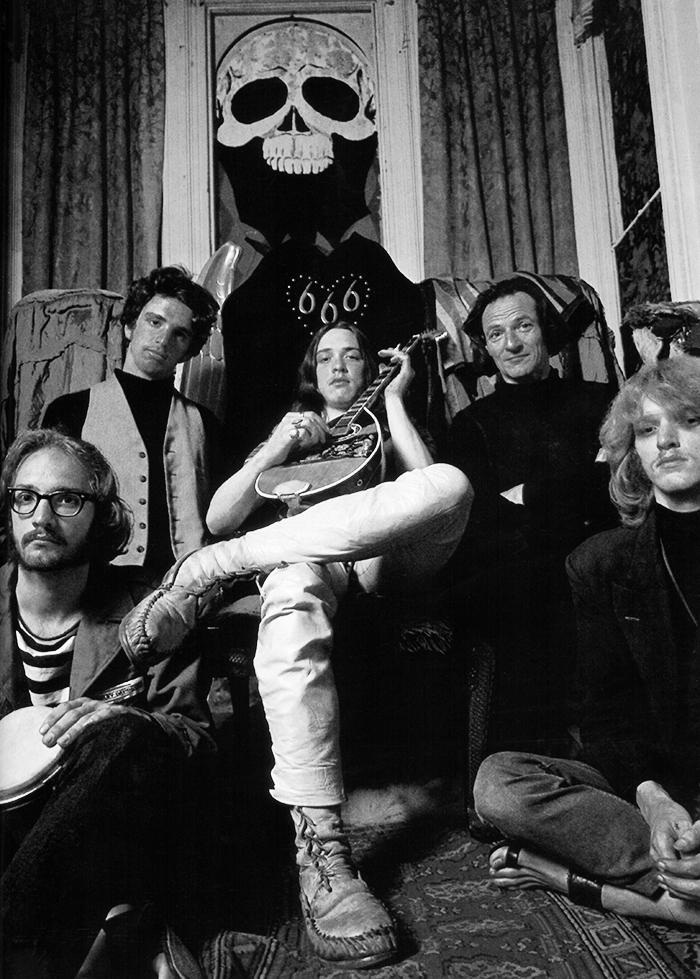
The first Sun Ra performance I attended was at a black activist event in the Fillmore District, near the old Russian Embassy mansion where I was living. The music was interspersed with poetry recitations and passionate speeches by community activists. The music was “out there”, for sure. There was some commonality between Sun Ra’s sound and some of the music The Orkustra had been making — and the similarity of our respective band names brought a smile to my face — but the sounds had much more in keeping with the Magick Powerhouse’s music. Actually, it was most like what I had heard at the Haight Levels, hovering somewhere in the fringes of the “free jazz” space.
“Coltrane did not so much open all the doorways for us; he showed us that there were doorways to be found.”
… but John Coltrane probably influenced you the most?
A giant with the heart of a lion! For musicians, and like the sainted holy men who have visited this world across millennia, Coltrane did not so much open all the doorways for us; he showed us that there were doorways to be found. Those soaring melodies! His passionate devotion to seeking higher truth through his music! I love his music and admire him for sharing his passion with us.
Other musicians, like Ornette Coleman, Ali Akbar Khan, and Jimi Hendrix, have been inspirational to me for like reasons. That said, I never actually aspired to sound like any of those guys. Rather, it’s the passion for self-discovery through the music, that essential drive to express in “a love supreme”, that has been most influential to me as a musician. The stimulation of strings under tension and the excitation of electrons is only a method, a technique for polishing the lens through which I may see a pathway to an ultimate embrace with the ineffable.
Would you describe your relationship with members of Orkustra and later with The Magick Powerhouse of OZ? What was the dynamic between you?
As the founding member of The Orkustra, having conceived the electric orchestra band idea at the outset, I had some attachment to having the most say in how the band would approach developing its own sound and group identity. However, once the band membership had gelled into some cohesion, The Orkustra became much more of a collaborative effort. Several of the members had more actual musical experience than I did, so I often needed to defer to them. David and Henry Rasof, the oboist, had both played in large classical orchestras, and Terry had been playing in the professional jazz circuit for a number of years. Jaime and I were both self-invented instrumentalists.
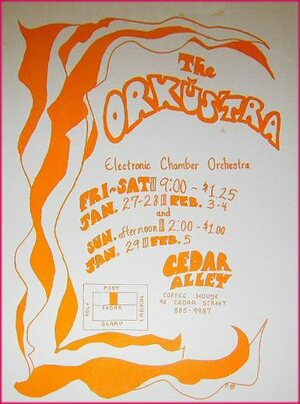
The greater musical experience of some of the bands members was an asset when it came to developing the compositional framework for our songs. Even so, I always insisted that our essential approach would remain broadly experimental and focused in psychedelic free improvisation in the way we expressed as a group. This was sometimes a bit difficult for the classically trained members.
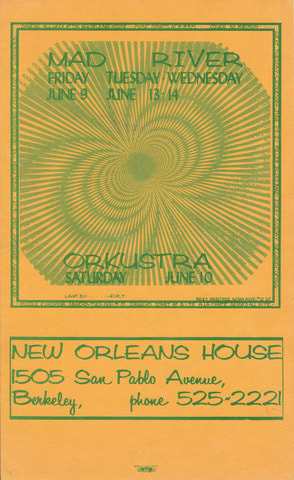
When it came time to form a new band, playing with The Orkustra for almost two years put me on solid footing, in terms of experience, for adopting the role of undisputed leader of The Magick Powerhouse of OZ. The band would have had no cohesion at all otherwise. My leadership style, then as now, is a benevolent dictatorship that allows for the musician members to maintain enough autonomy to express themselves creatively within the loose structure of a compositional framework.
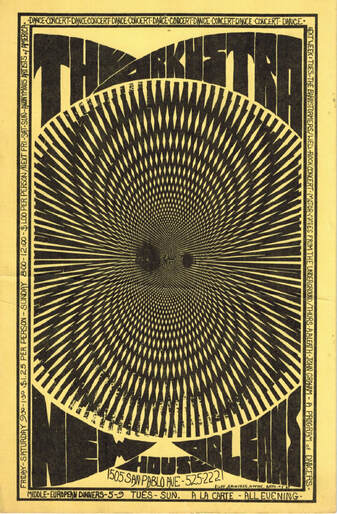
The Magick Powerhouse of OZ only played one public gig. Where was it and what do you remember from it?
A steady diet of jamming with me in my apartment at the old mansion had become unsatisfying to my bandmates, and they put pressure on me to set up a gig for us to perform for an audience. I was getting antsy to do some gigging too. I visited my friends at the Haight Theater. This was an Art Deco- styled movie theater built back in the 1930s. A small collective of hippy entrepreneurs wanted to convert the old theater into a counterculture nightclub and daytime cultural center. They had leased the place and renamed it The Straight Theater. They had pulled out the rows of seating down in front below the stage and had installed a dance floor. I promoted the event in collaboration with the Straight Theater proprietors and Kenneth Anger.
Since the venue had not yet been issued a permit to allow dancing, we decided to make it a costumed spectator event, combining a Magick Powerhouse music presentation with a pantomimed dramatization by Kenneth, using the dancefloor as an extension of the stage, enacting the changing of the guard for the gods using a pre-recorded tape of himself reading passages from Aleister Crowley’s book, ‘Equinox of the Gods’, and enacted using props from the Lucifer Rising film project. The event was scheduled to take place on the end of the autumnal equinox at, coincidentally, of the Summer of Love. Other acts joining us on the bill for the event were The San Francisco Mime Troupe, The Congress of Wonders (three guys doing a counterculture comedy act), and a musician who played a massive set of gongs who shared the dance floor with Kenneth. The performance by The Magick Powerhouse of OZ is included on an extra vinyl LP disk included in the box set edition of the new Lucifer Rising soundtrack release. It is also a part of The Lucifer Rising Suite anthology album that was released earlier (2009). To hear what we sounded like you can download it or stream it online.
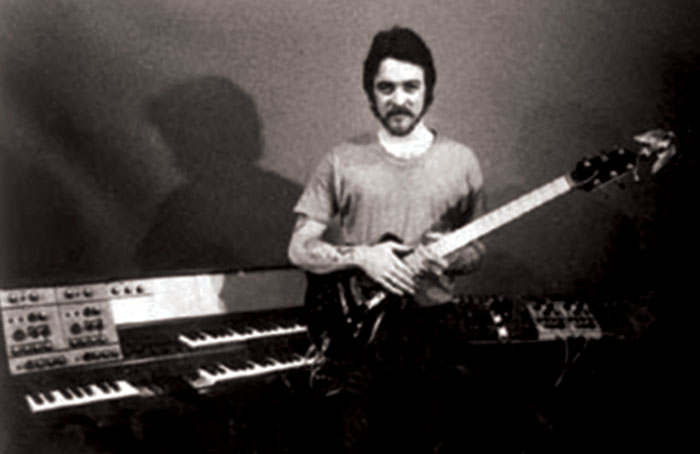
Kenneth Anger didn’t want to use Jimmy Page’s music for the film. How did you get back in touch with Kenneth Anger?
A little while after I was sent to San Quentin Prison in 1970, I received a letter from an artist friend, a painter, who lived in Los Angeles. Kenneth had introduced me to the man a few years earlier, and we had remained friends. Our correspondence continued, and in this way I received occasional updates on what was happening with our mutual friend. There were also a few magazine interviews with Kenneth that detailed what he was up to creatively.
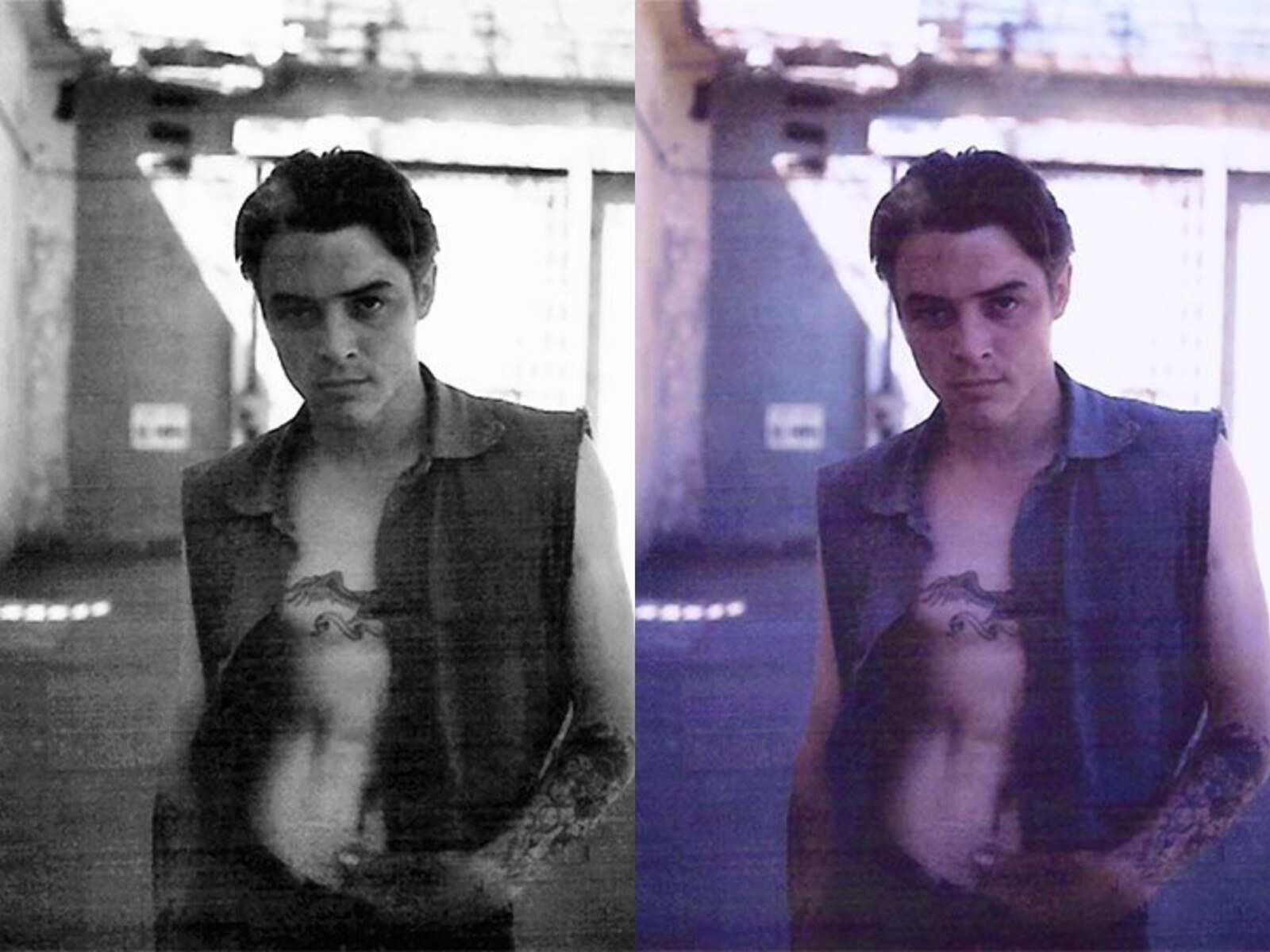
I was happy to learn that he had moved to England, where he obtained enough funding to resurrect the Lucifer Rising film project. While I felt a bit envious when I learned that Jimmy Page would be producing the score for the film, it did please me that Kenneth had chosen to go with original music for the project, as I had originally proposed to him. Then, a couple of years later, there came news that Kenneth Anger and Page had severed their collaboration. Kenneth stated to the press that he had “fired” Page, who he referred to as a dried-up musician, a “junkie” no longer capable of coming up with good melodies and themes. Having had some prior experience with Kenneth’s volatile nature, I suspected that there was another side to the story. To this day I don’t know the particulars around the falling out between Jimmy Page and Kenneth Anger. Whatever the case may have been with all that, I could not help but recognize that an improbable opportunity had emerged.
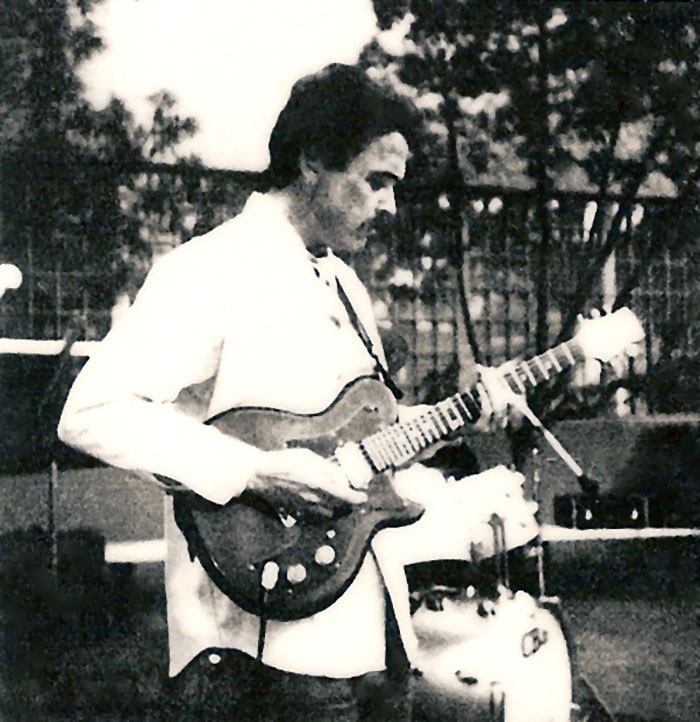
From our mutual friend I obtained Kenneth’s new address in New York City, and I wrote him a letter. We exchanged a few letters and spoke on the phone a few times. I told Kenneth that I believed it might be possible to obtain an approval from the prison administration that would allow me to create the Lucifer Rising soundtrack while confined in the state prison at Tracy, California. Kenneth liked the idea, naturally, and sent me a formal request, on letterhead, stating that he would like me to compose and record the score for his film. I took this letter with me into an interview with Robert “The Bear” Rees, who was the Warden at the prison at the time. After I made my pitch, Warden Rees’ exact words were, “I’m not going to stand in the way of a man trying to make a buck.” The next day I received a memo from him authorizing me to proceed with the project.
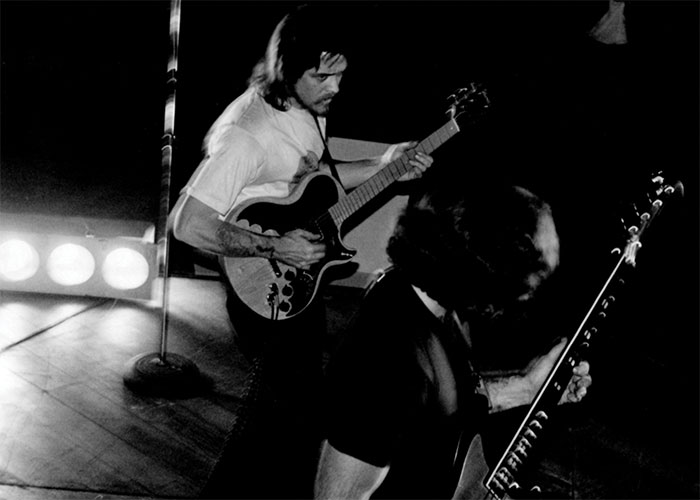
Was Kenneth’s concept behind the film close to your work?
Although there are some obvious correlations in allegorical and archetypal elements within both the film and the music composed for it, I tend to think of the film imagery and score as independently inspired works of art that were merged together at the end. Kenneth Anger drew most of his inspiration for the project from Aleister Crowley’s occult literary work ‘The Equinox of the Gods’, while my compositions for the project were intended as a musical epilogue to ‘Paradise Lost’, the epic poem by 18th Century poet John Milton, which is the true source of the detailed mythology about the angel Lucifer.
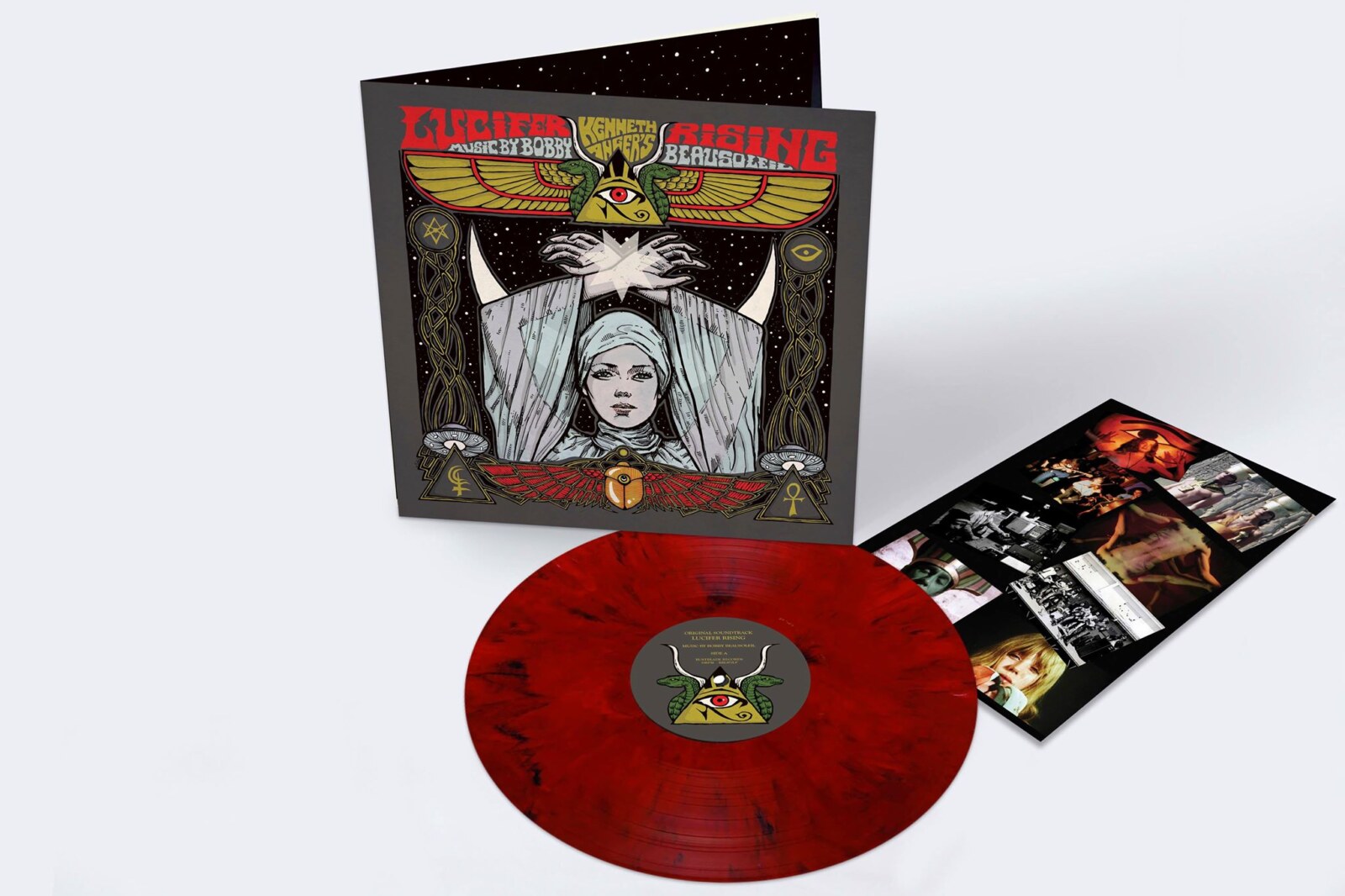
I wrote about this at greater length for the story that is included in the Rustblade label’s soundtrack album package. I do not wish to repeat all of that here. However, the story has been posted to my website and can be read here.
How would you compare it to Jimmy Page’s recordings?
That’s a comparison I’m disinclined to make. Henry Matisse and Pablo Picasso attended the same school of art but the images they produced defy comparison.
Certainly, I do not agree with Kenneth Anger’s assessment of the music Jimmy Page recorded for the film. Jimmy composed a lovely tapestry of evolving ambient motifs that I believe would compliment Kenneth’s film perfectly well. The first time I heard his version was in the mid-1990s when a friend sent me a noisy copy of a bootleg cassette. Listening to it I was struck by the amorphous beauty of the work, and how well it could have supported Kenneth’s flow of cinematic abstractions. My version of the soundtrack is much different, with well-defined melodic components and themes, and sections performed by a full rock band. Every artist will tend to interpret a general concept in a different way.
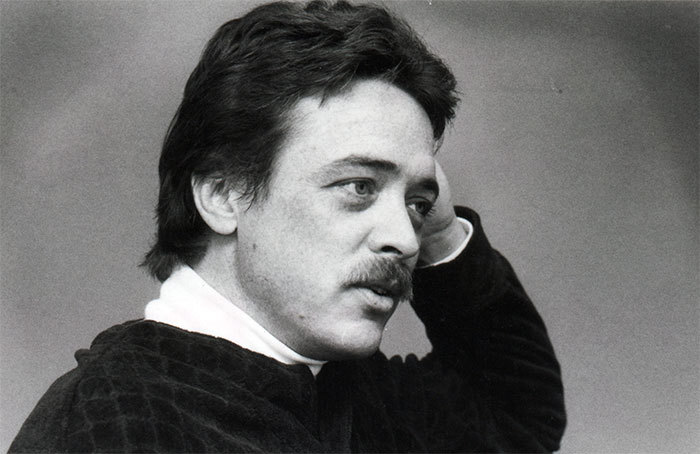
One of my dreams is to produce a vinyl LP of both works, Jimmy Page’s version of the soundtrack on one side, and the first roughly 20 minutes of my recording for the soundtrack on the other, with both sides of the album labeled Side A.
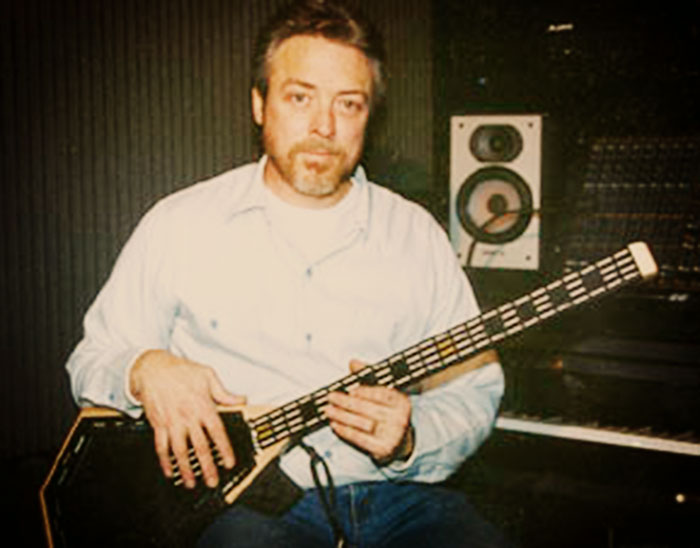
The Freedom Orchestra version of the soundtrack was recorded from 1975-1979 at Tracy Prison. What kind of equipment did you use? Please share your recollections of the sessions.
As it’s been said, necessity is the mother of invention. When I first arrived at Tracy there wasn’t much of a music program to speak of, though there were plenty of men there who wanted to play music together. Every so often the guards would let them use the chow hall between meals and they would get together and play acoustic guitars or beat on tin cans.
I’ve long been a believer in the essential importance of art programs in prison. In my own life the practice of expressing in the arts has been a powerful, transformative medicine that has brought healing, meaning and purpose. I have seen the arts do likewise for many other prisoners. So the first order of business after arriving at Tracy was to see about installing some sort of music program.
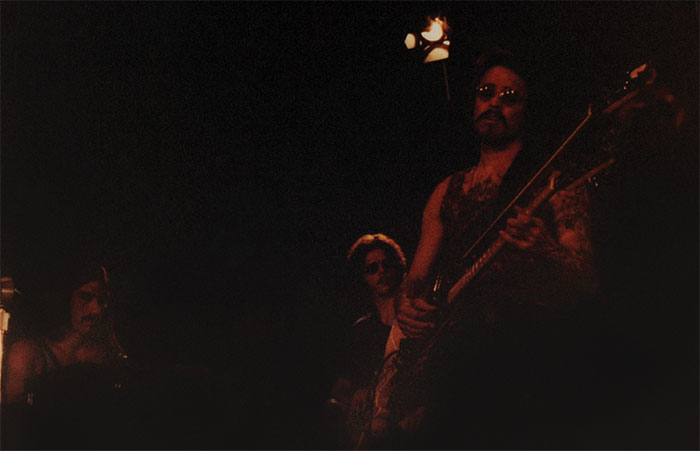
Change, even a positive change, is difficult in the prison environment, due for the most part to resistance from staff who are concerned that they may have to take on extra work. Once I had found a suitable location for a music room — a space that had formerly housed a barber shop— the process of negotiating with the administration for the support we needed became easier.
With help from some of the other musicians, the room was painted and given a bit of acoustic and sound-proofing treatments. A little funding was provided, and with this we were able to purchase a couple of electric guitars, two combo guitar amps, a used drum kit, and a small P.A. system. A bass amp head was donated, and I built a speaker cabinet for it, as well as an electric bass guitar, in the prison handicraft shop, where I was employed as the tool room clerk.
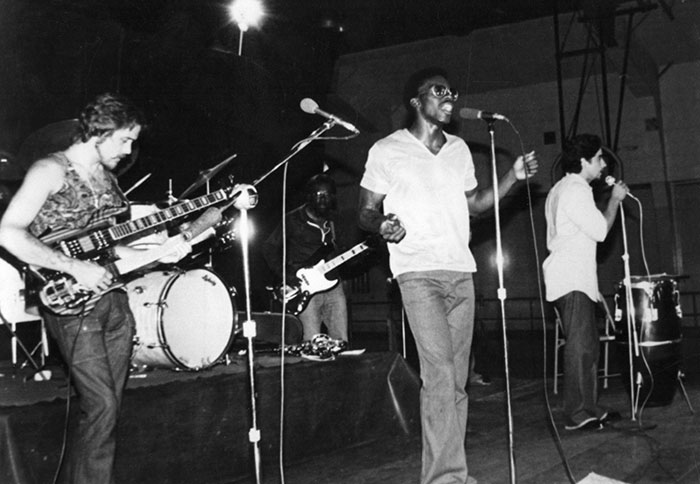
Fortuitously, it was at this point that I was given the go ahead to produce the film soundtrack. With the modest amount of funding that Kenneth Anger was able to provide for that I purchased a 4-track open reel tape deck, a 2-track open reel tape deck to mixdown the multi-track recordings to stereo, a small mixer, and one professional dynamic microphone. Everything else we needed had to be hustled or built from scratch.
We were able to get a few donations, and I put every dollar I could get my hands on into the endeavor, mostly to buy parts for the electronic gadgets and instruments I was building in the handicraft shop, including a synthesizer/organ with three keyboard manuals, speaker systems, and the doubleneck guitar/bass I played on most of the soundtrack recordings. So much of the effort was flying by the seats of our pants and home-brew constructions, fueled by a collective passion.
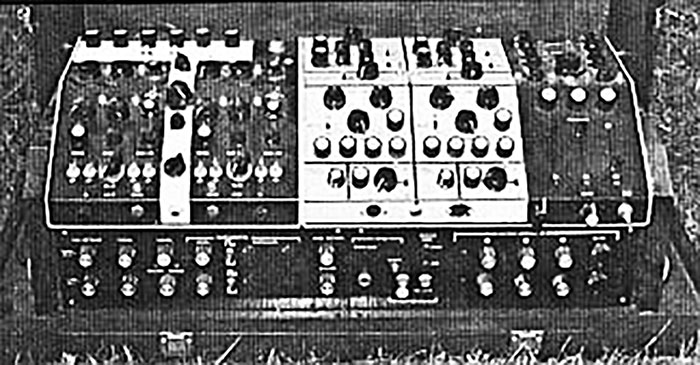
What became known as the Band Room was just a concrete box with one barred window, chilly in the winter and sweltering in the summer, but it was our concrete box. Six culturally specific prison bands used the Band Room on a rotating basis, once each week, provided the prison wasn’t on lockdown for some violent incident. When it was The Freedom Orchestra’s turn to use the room we would set up the recording machine, arrange the amps and drums and microphones for the best sound we could get, and spend the remainder of our allotted time jamming. There were some free improvisations. Usually, however, we improvised around musical themes or groove motifs oriented to the film score that I had previously composed in my cell.
All of the raw recordings acquired in this way were later mixed and edited in my cell, usually late at night when it was quieter and I could focus more intently on the work at hand. Editing was done either with cross-fade edits, bouncing between the two tape decks, or by using the arduous old-school technique of cutting the tape with a razor blade and splicing with adhesive tape. I avoided generational tape bouncing whenever possible to help prevent raising the noise floor with additional tape hiss. Frequently I recorded new elements for the soundtrack when I was alone in my cell, typically to add another instrument layer to tracks recorded earlier with the band, by overdubbing onto a spare track on the 4-channel deck.
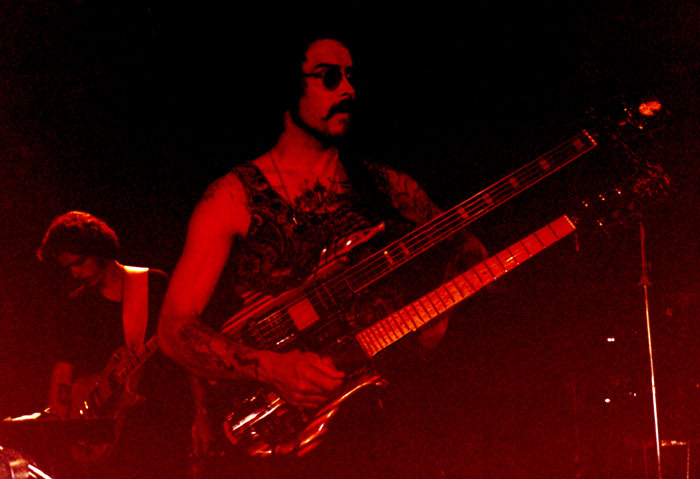
Anyone interested in hearing the project recordings that did not make it into the final cut for the soundtrack may seek an opportunity to listen to The Lucifer Rising Suite, an anthology album released on the Ajna label in 2009. Physical copies of this 4-disk album are no longer regularly available from record distribution outlets but the anthology can be streamed and downloaded from all the most reputable online sources.
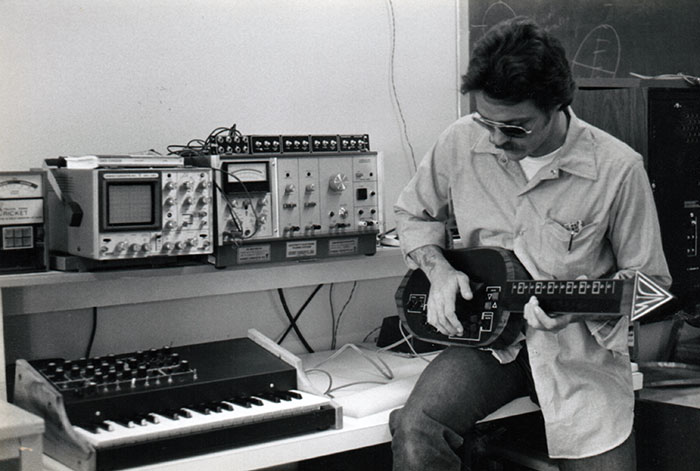
It must be noted that the entire adventure around the making of the Lucifer Rising soundtrack never approached anything like perfection in the process of its creation. Like the dancing elephant in a circus act, the miracle is that it could happen at all.
Speaking of miracles, the Band Room that was installed at Tracy prison in the early 1970s is still in use as a music room today, 47 years later.
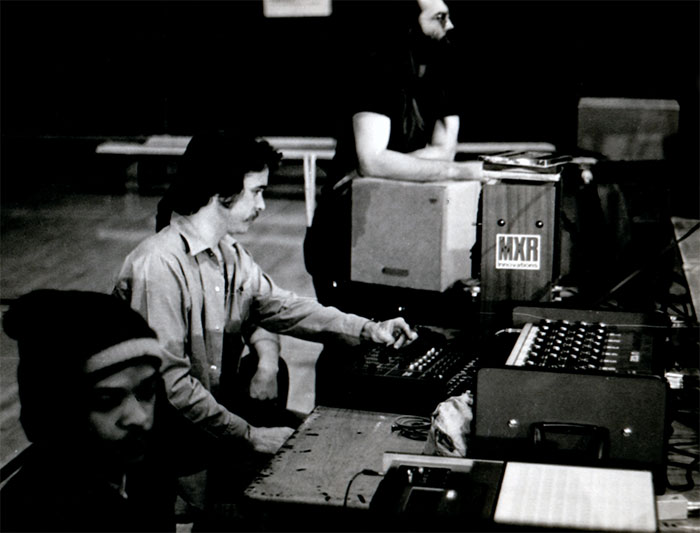
Would you say that Lucifer Rising is autobiographical? Your own story captured?
To the extent that it may be possible to tell as story in emotively expressed instrumental music, there is an autobiographical aspect to the musical work created under the Lucifer Rising title, including the alternate themes in the outtake recordings. How the listener interprets the story in the music is entirely subjective, of course. It is all subject to interpretation. Some stories defy being told in words, and need to be told using a brush loaded with the colors of emotion. This is one such story.
Just a little over half a century ago I unthinkingly committed the unthinkable crime of murdering a human being, a man who had been a friend, for a rationale that in the light of the following day no longer made any sense whatsoever. Although I did my best to hide it outwardly, so you may not have noticed the signs through the facade I presented publicly, on the inside I was a wreck, morally devastated and feeling completely lost. By committing that reprehensible crime I had shattered the integrity of the man I formerly believed myself to be.
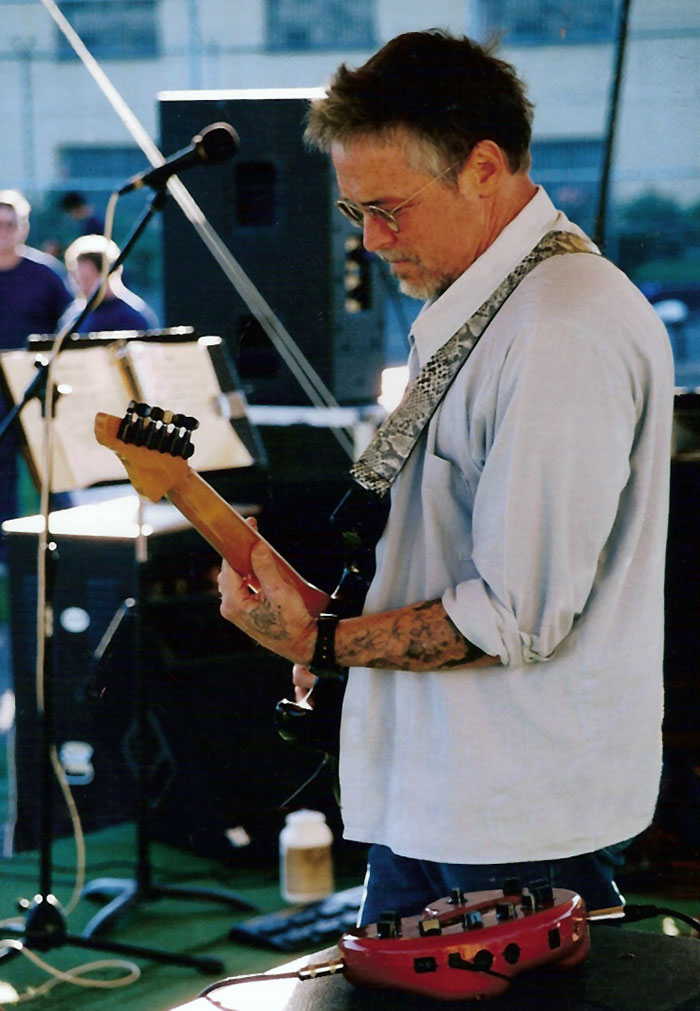
Fast forward a few long years to my being faced with the prospect of producing a musical work thematically aligned with the mythical story of a fallen angel. The consequences deriving from my crime against humanity had been harsh, and by that time I had become desperate to come to better terms with my conscience and to bring some stability to the tumult of my emotions. I imagined that the angel Lucifer, the light bearer, faced a similar struggle in the place where he found himself at the end of Milton’s poem. Alone, confined to a world of relative darkness as punishment for defying a decree of the Most High, his Father, suffering the agony of defeat following the futile war he had launched against Heaven, and banishment from the world he had formerly known with his brothers and sisters. So, yeah, I could relate. I was able to tap into personal experience to musically describe a new chapter in the myth of the Fallen One, to intimate the yearning for redemption, reconciliation, and ascension to the light of restorative grace. The process of composing and performing this music to tell the story gave me some personal catharsis.
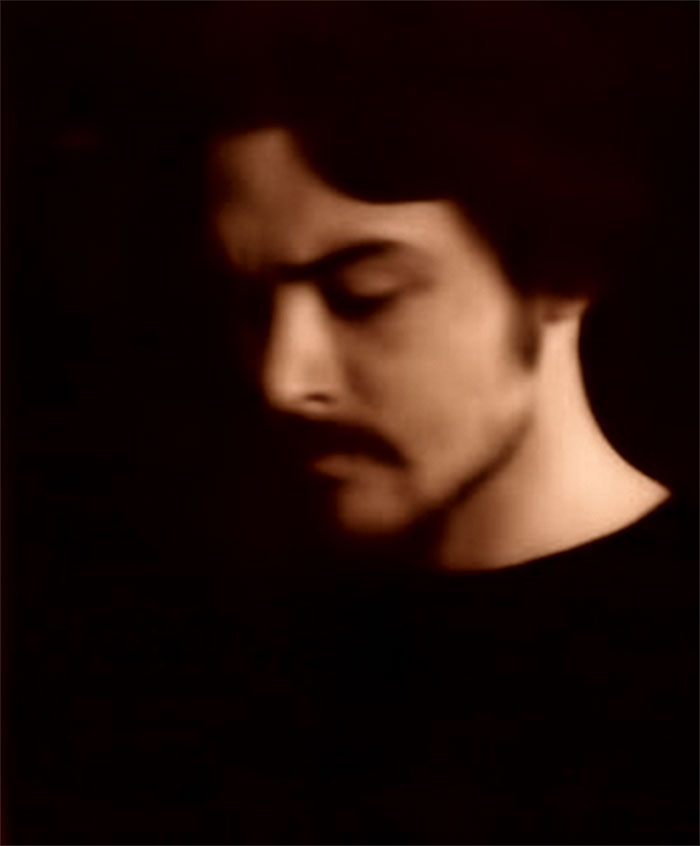
Voodoo Shivaya is your latest release. Would you share your insight on the albums’ tracks?
Of all of my albums Voodoo Shivaya is my personal favorite, and the album that I’m most invested in. It is a double album, both vinyl and CD, and I worked on the collection of songs as well as the physical presentation — a triple gatefold featuring the evocative photography of Nicholas Syracuse—for over seven years, until I was satisfied that it was fully representative of the document I wanted to make. This is because, like the Lucifer Rising album I had released decades earlier, it makes a deeply personal statement, one that is even more autobiographical than the soundtrack album I released in 1980, the album that Voodoo Shivaya has most in common with. One departure from all of my previous releases, however, is that I have sung vocally on about half of the tracks.
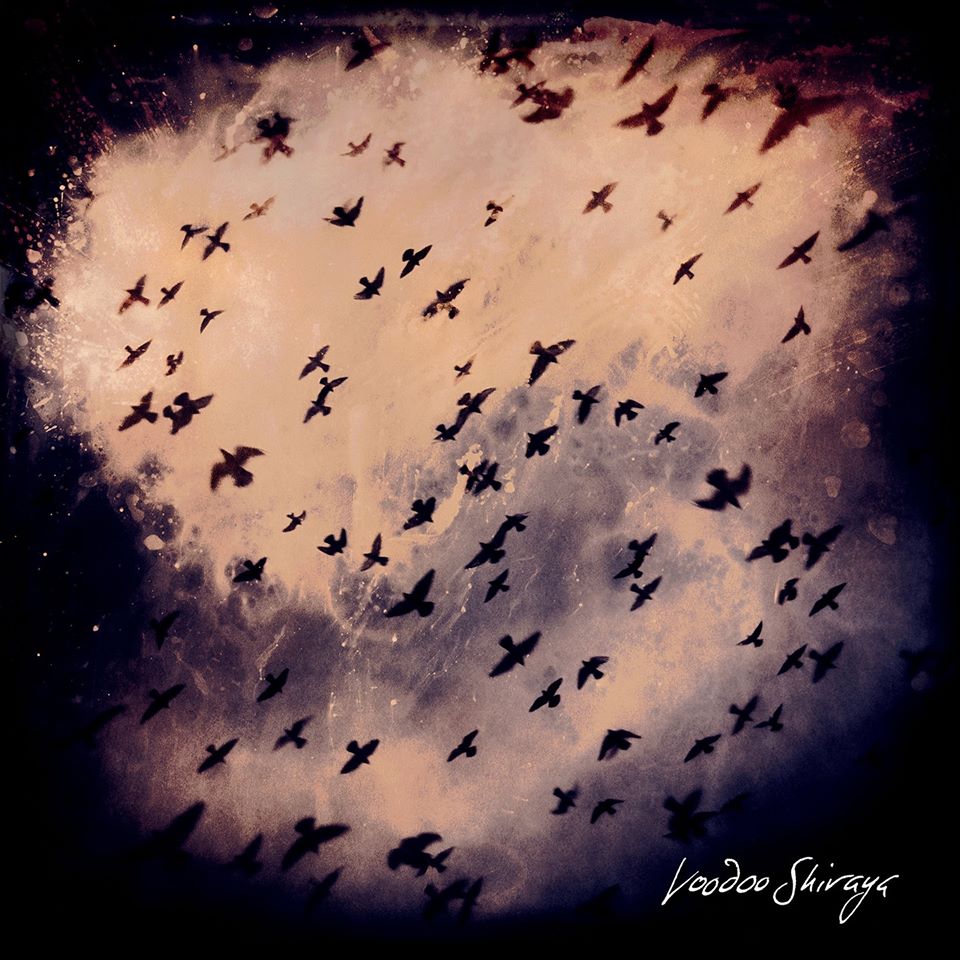
Most of the albums I’ve released since Lucifer Rising are collections of instrumental compositions, flights of fancy into imaginary worlds, with sounds produced mostly on synthesizers and samplers. I take some pride in all these albums, as each is fine in its own way. And how many records do you know about that were produced entirely in prison? But this time out I decided to return to my roots, to eschew keyboard synths entirely, and to build all of the songs on Voodoo Shivaya around voice and guitars. There are a few guest performances by members of the dark folk band Blood Axis, including some haunting violin passages played by Annabel Lee Moynihan on the song ‘Nature Boy’. A couple of my prison brothers played with me on the live instrumental ‘Ghost Highway’ as well. Apart from these few exceptions and some percussion sounds, all performances on the album are me singing and playing guitar.
Creative use of electronic gadgetry, guitar pedals and such, and some “prepared” guitar tricks give the tracks the signature sonic complexity my music is known for. I did some freaky things to my guitar for the Voodoo Shivaya album that some guitar purists might consider a little bit perverted.
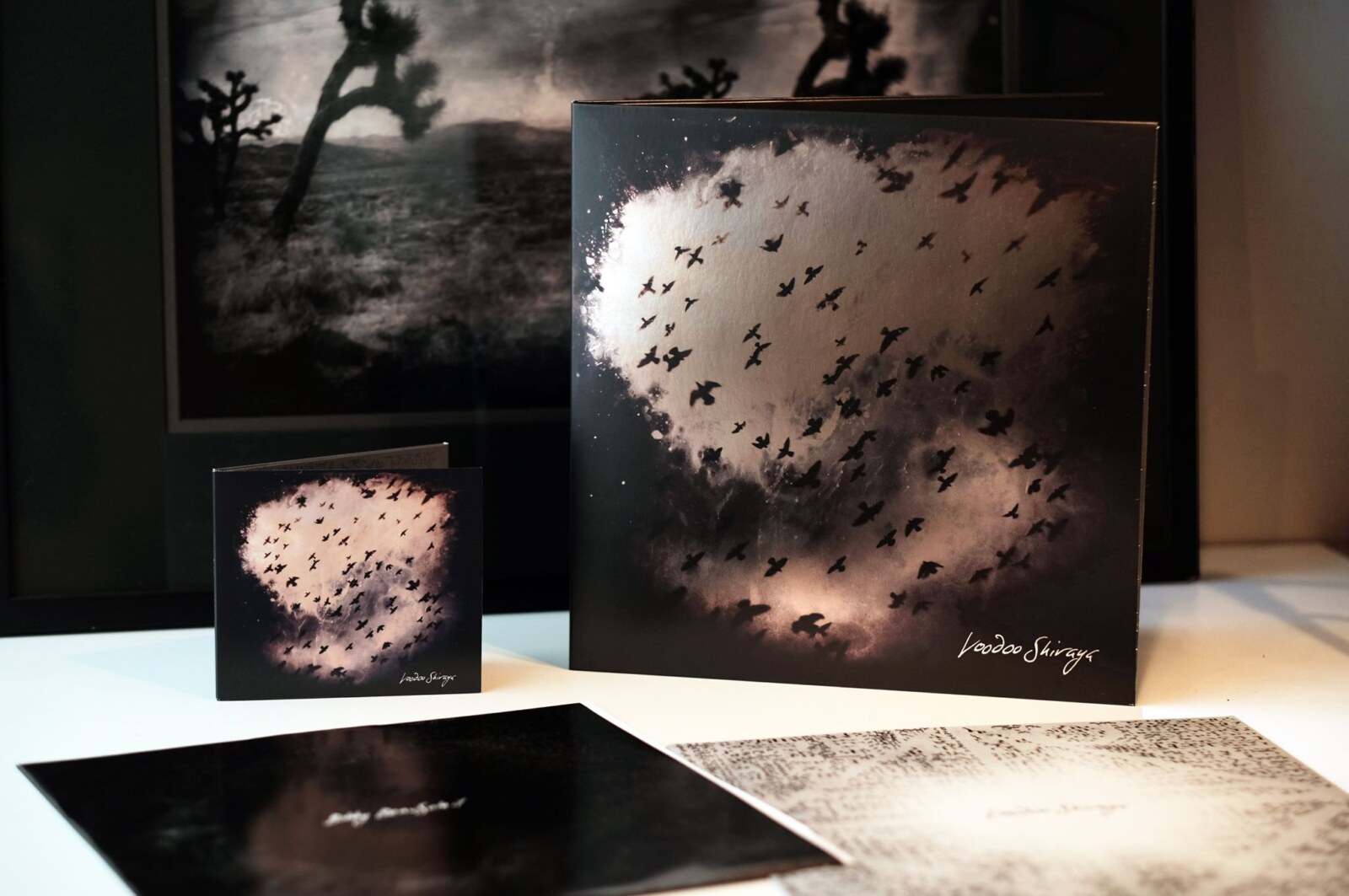
Taken as a whole, this album documents the eccentrically meandering path I have traveled in my life to arrive, finally, at spiritual Truth. The “voodoo” in the title is an oblique reference to the strange amalgamation of practices, philosophies and influences I’ve explored along the way. Some passages, naturally, are quite dark. The second word in the title refers to the authentic spiritual identity one arrives at through the story being told in the music. The second disk is a symphony that first celebrates the eternal dance of Shiva as the Lord of Time, and closes with a raga ultimately arriving at a shimmering and shining conclusion.
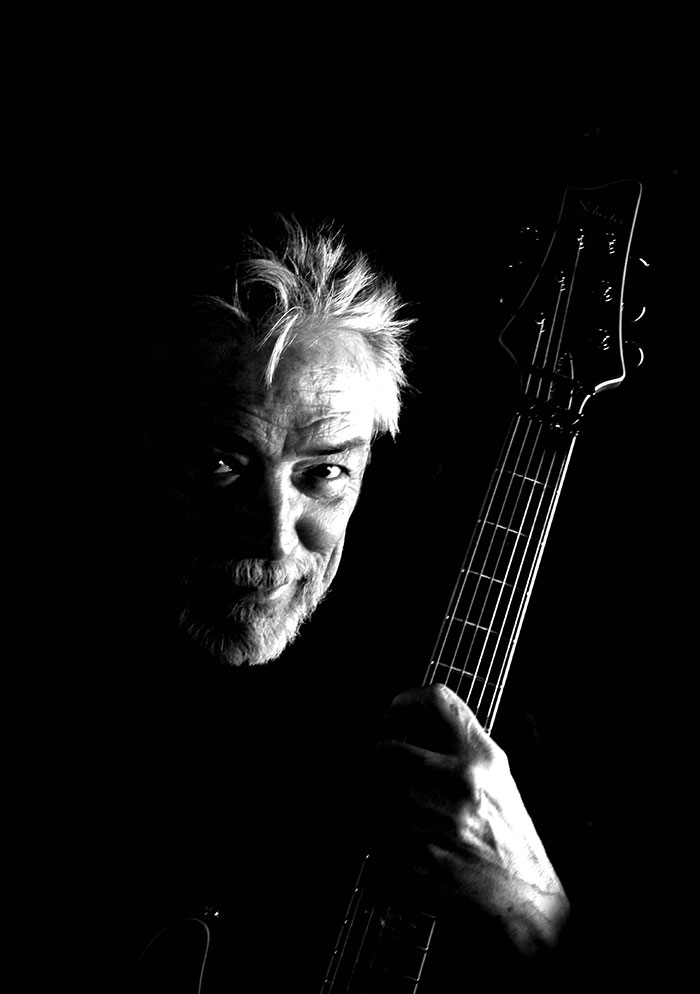
Anyone who may be interested can obtain Voodoo Shivaya in physical formats from Ajna, CD Baby, and Amazon, or in digital download form from most online music distributors. The album tracks can also be streamed for free from my YouTube channel.
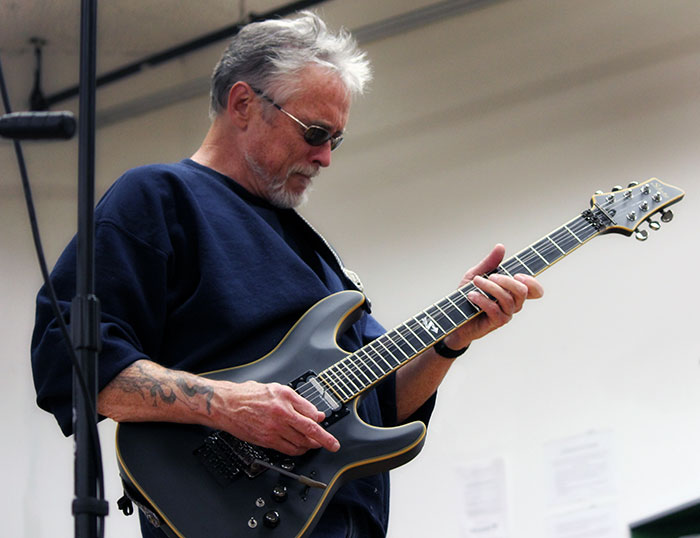
Thanks so much for sharing your experiences and insights. Is there anything we failed to address in this interview that you would like to tell our readers?
My deepest gratitude to everyone who has expressed and shared an appreciation of my musical works over the years. Knowing that some of my music has resonated with people around the globe has added layers of meaning to my life.
Look for a new vinyl release on Rustblade in the very near future. The album is entitled Awakening, and is a split disc I did in cooperation with Motion Kapture, whose music I like very much. One of the songs on my side of the disk is ‘Om’s Law’, the only recording I was able to make using a prototype of the Syntar, a sort of electronic virtual guitar that I designed and built in the mid-1980s. A retrospective of my music including some that has never been released earlier is currently works.
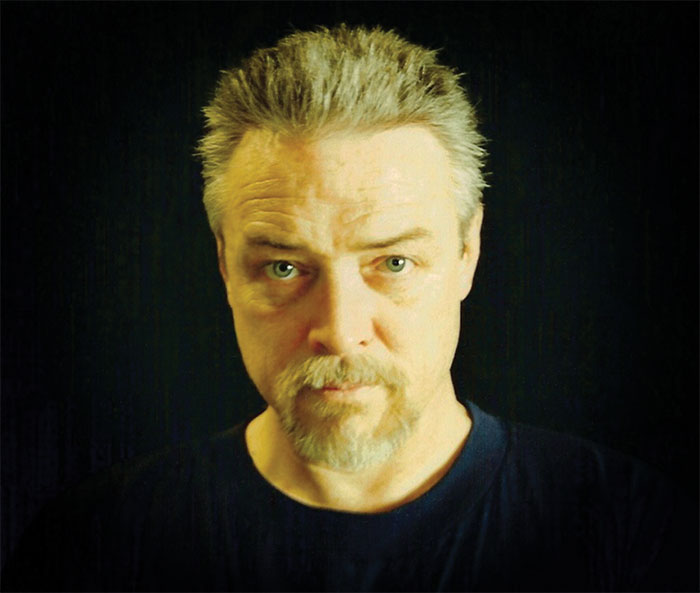
May you find the guidance you need in your life journey to navigate through the dark passages to find the Light, and to know that Light as your true self.
– Klemen Breznikar
Bobby BeauSoleil Official Website
Bobby BeauSoleil Facebook
Bobby BeauSoleil Instagram
Bobby BeauSoleil Twitter
Bobby BeauSoleil YouTube
Rustblade Records Official Website
All photo materials are copyrighted by their respective copyright owners, and are subject to use for INFORMATIONAL PURPOSES ONLY!

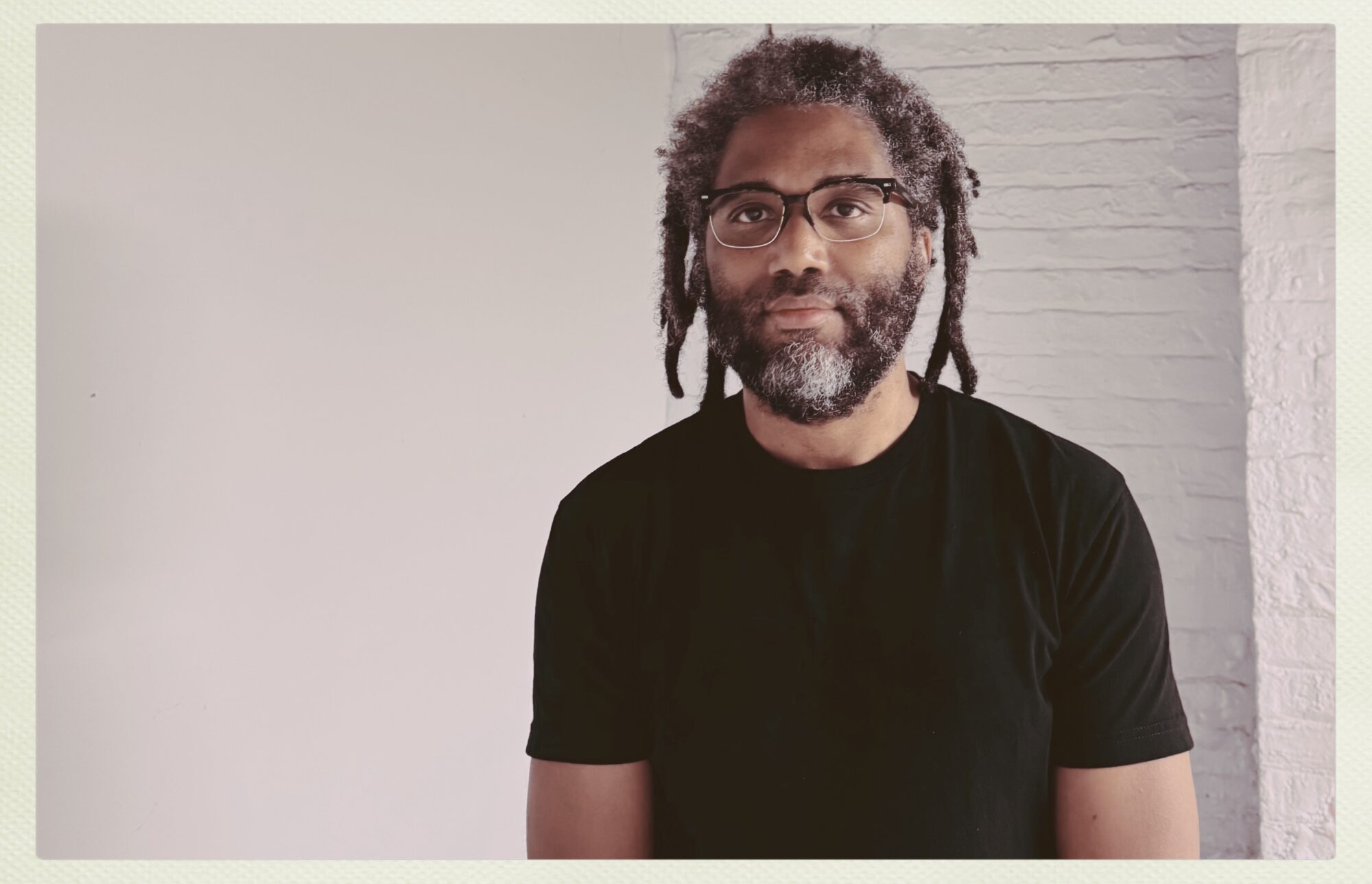
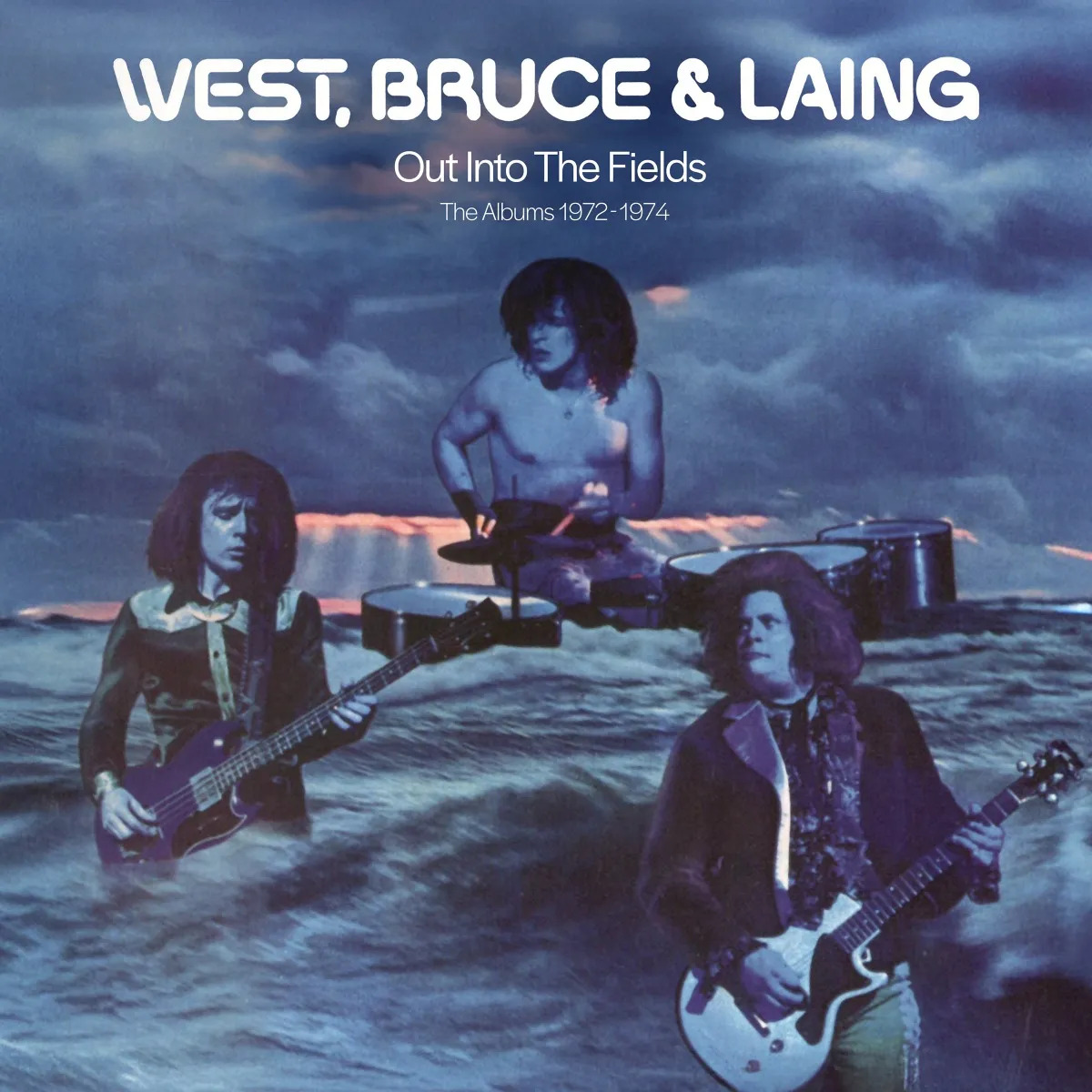

This man made a terrible mistake when he was really just a boy. I know Gary Hinman forgives him. He had to pay a steep proce for what he did and he’s genuinely evolved into a wise human being whose creativity, compassion and courage are rare in the best conditions. The fact he’s made so much of the time he’s spent in prison is proof he’s not a threat to anyone but the killers in high places. The truth is I don’t know many Free men who are as exuberant as Cupid. He should be free now and I guess he is in the ways that matter most.